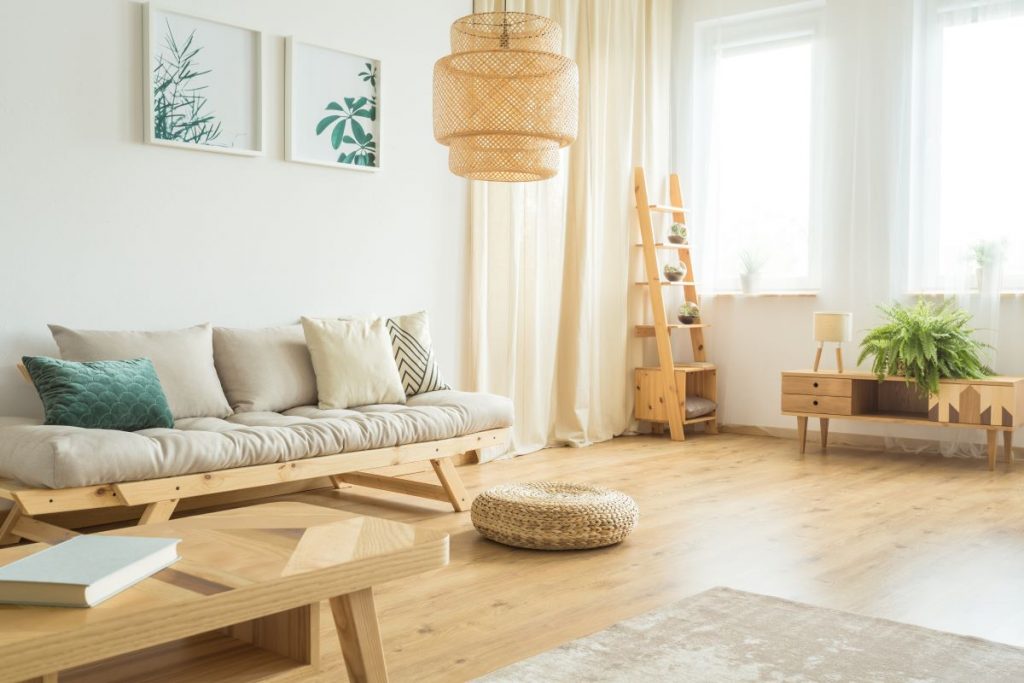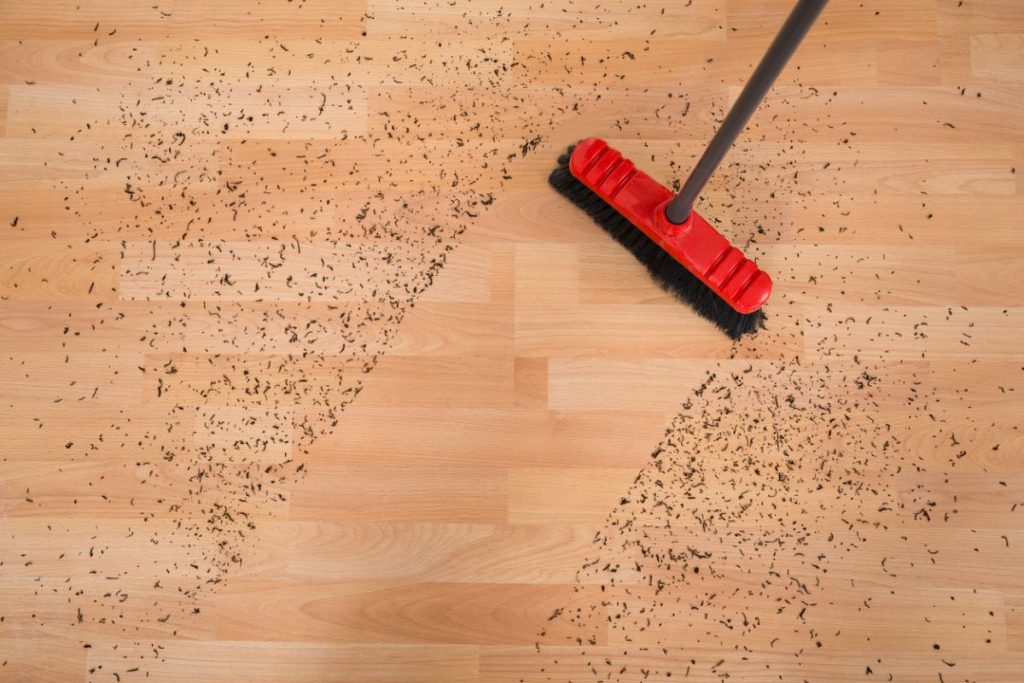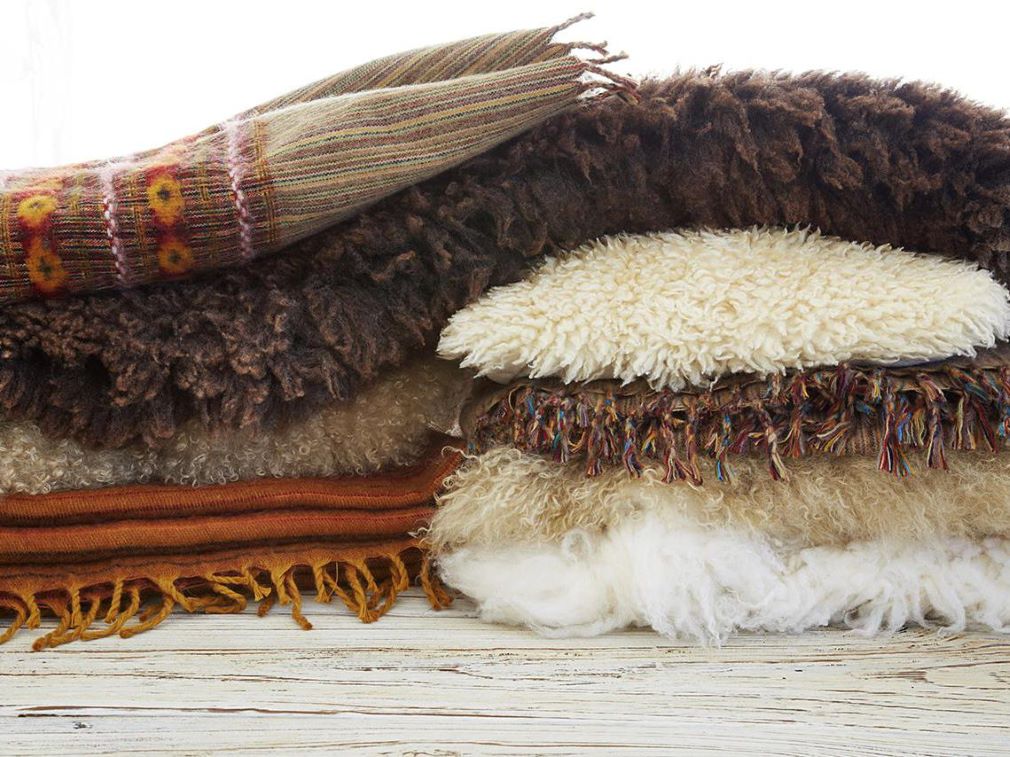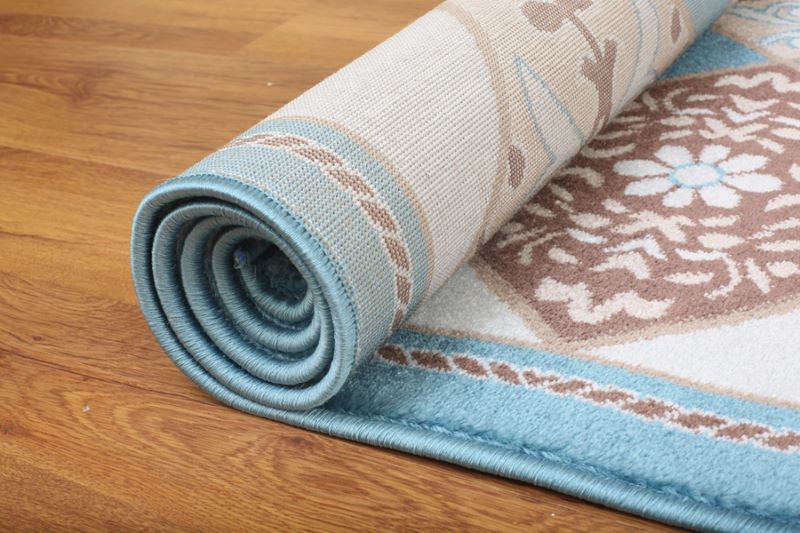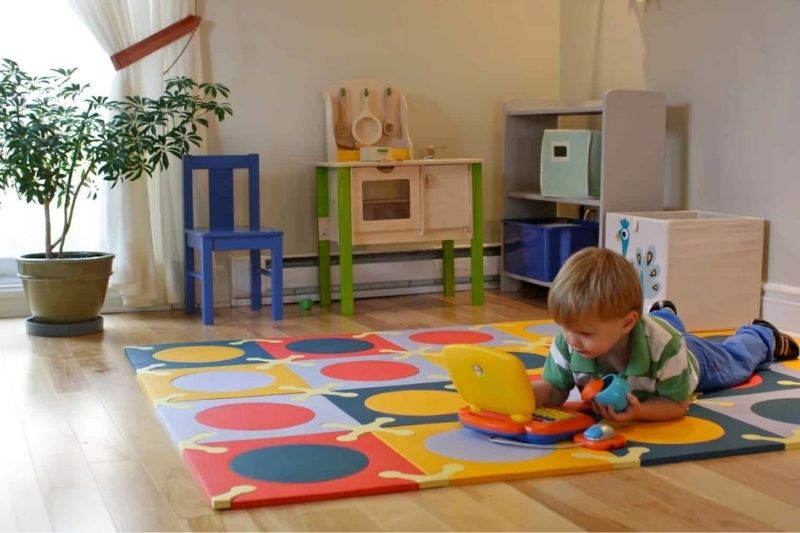Table of Contents
Many people probably don’t realize how popular bamboo has become as a flooring choice for those who are remodeling or building a new home. In fact, bamboo is a major player in the arena of exotic floor coverings. As its name suggests, this type of flooring is manufactured from the bamboo plant. It is very beautiful and Asian countries supply most of the bamboo material.
When casually observed as flooring material, one might mistake the lustrous look of bamboo with more traditional, high-quality hardwoods. If one were to look closely, however, one would realize bamboo doesn’t really mimic the look of real hardwood– bamboo has a look all its own! Don’t be confused into thinking bamboo is a wood; it is not. It is a grass but will, at times, be termed as ‘hardwood’.
Interestingly, bamboo is quickly renewable. It matures in 3 years to be harvested for flooring products compared to oak which can take up to 100 years to mature.
How is it Made?
Mature bamboo poles are sliced into strip form and certain parts of the plant must be removed such as the outer skin, nodes, starch and sugars. Once the bamboo has been cut into strips, those cuttings are boiled in a solution of either boric acid or lime. A drying process follows and, finally, the cleaned strips are planed.
Darker-than-normal coloration can be achieved by putting the bamboo through an involved steaming process. Additionally, bamboo can be dyed; and a vast array of colors are available to compliment any decor. Aside from dynamic colors, lovely vertical or horizontal grain patterns add even more dimension to this beautiful flooring option.
To be functional, bamboo strips utilize an adhesive that must be cured; and once that procedure is complete, the cured boards are planed, sanded and milled. The final step involves an application of a special type of curing lacquer.
Installation:
Bamboo is available in ‘snap-lock’ form; and this type is the easiest to install. The individual flooring planks have inter-locking joints that click into perfect position.
Two other methods can be used for installing bamboo flooring. Bamboo boards can be secured with special flooring staples atop a sub-floor; or the flooring can be glued. The highest quality flooring glue should be used and water-based glues should be avoided.
Pricing:
Since bamboo is so plentiful, it’s priced significantly lower than traditional hardwood. Bamboo flooring runs $2 to $5 per square foot which is about the same price as laminate flooring.
Maintenance:
There are some important care considerations that must be adhered to:
- Keep spilled liquids, including plain water, from collecting on bamboo since warping can be an issue. Spills need to be cleaned up quickly and thoroughly.
- Sweeping or dry dusting should be done daily; and more-thorough cleaning with a damp mop is the only cleaning regime that should be utilized.
- Waxing is a definite ‘no-no’. The protective finish on bamboo flooring is enough to protect its surface for many years without any intervention of damaging waxes or cleaning solutions.
- Humidity and sunlight can affect the appearance of bamboo so keeping a cool interior temperature is highly recommended as well as not using this flooring in high, sun-lit areas.
Not all bamboo flooring is the same. If you are considering this type of floor covering, get samples and compare the difference. Low-quality bamboo may scratch and dent easily while high-quality bamboo remains durable. Whatever flooring you decide upon, it will, no doubt, dramatically enhance the beauty and value of your home!
